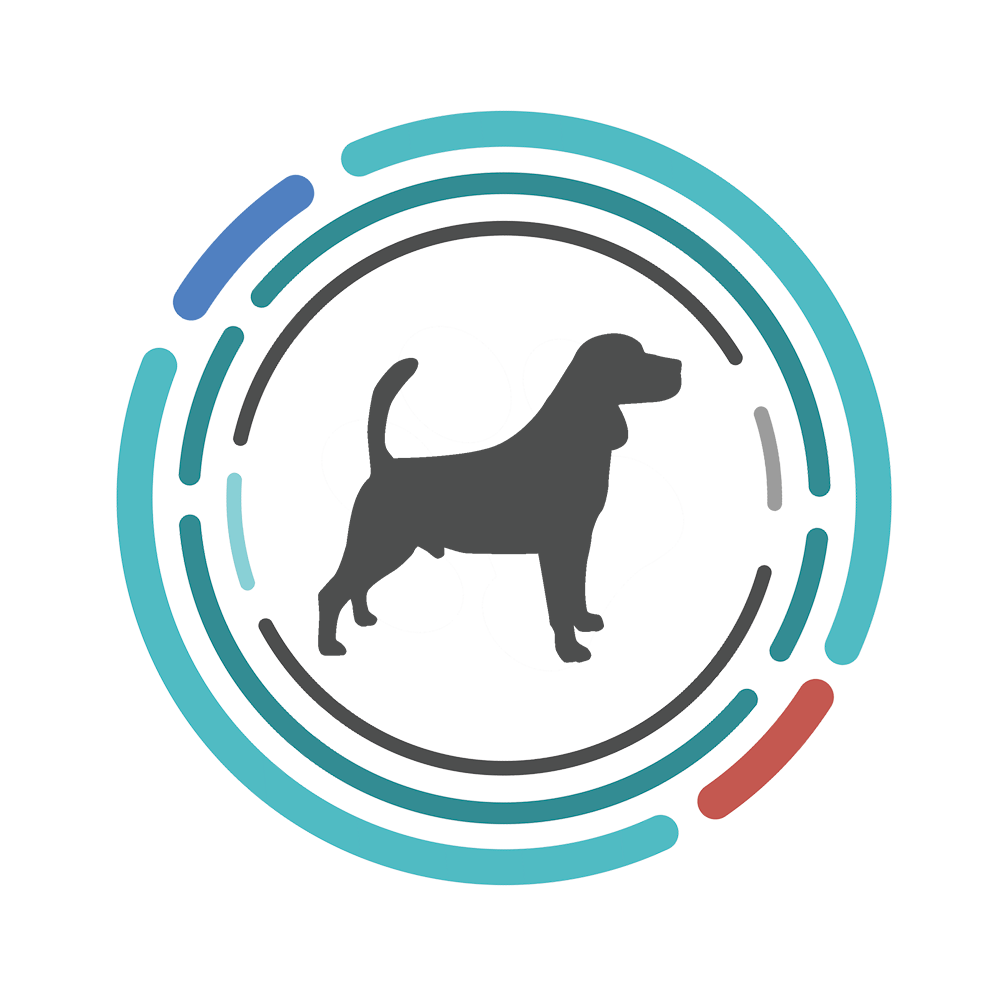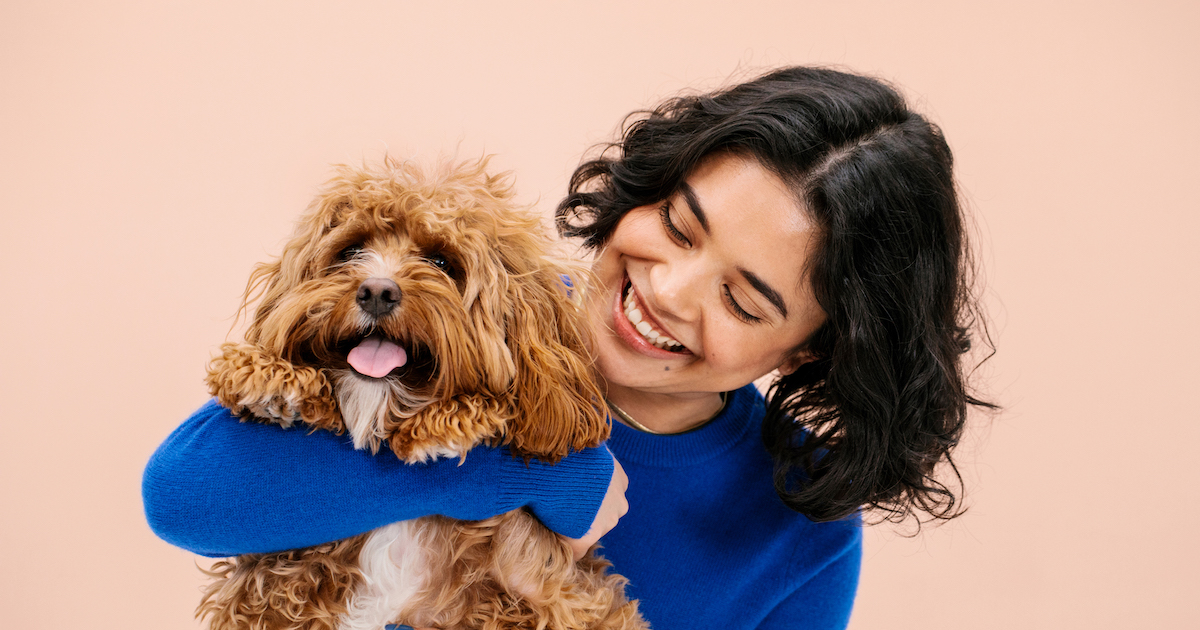Ditchjumper2
Well-Known Member
When I purchased my last 2 Schnauzers they had all the necessary health checks, were KC registered and were lovely dogs. I knew nothing however about inbreeding coefficients. When the old girl was getting old I looked for another puppy. I checked coefficients (wish I hadn't tbh) and purchased a lovely puppy. However, as she has grown she is more and more wonky. I now suspect her of having hip displaysia.
She is being spayed mid November and whilst under will have her hips xrayed at the same time. I have never had a dog with this, and am gutted as the intention was to do agility with her also. Can anyone give me any advice please? It is what it is, I did all the checks so I just need to deal with it. She is the happiest, loveliest girl ever and it seems so sad. I accept she won't be doing agility.
She is being spayed mid November and whilst under will have her hips xrayed at the same time. I have never had a dog with this, and am gutted as the intention was to do agility with her also. Can anyone give me any advice please? It is what it is, I did all the checks so I just need to deal with it. She is the happiest, loveliest girl ever and it seems so sad. I accept she won't be doing agility.






